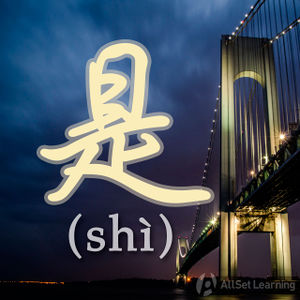Difference between revisions of ""Could it be that" with "qibushi""
| Line 19: | Line 19: | ||
* 如果 他 要 来, <em>岂不是</em> 一 件 好 事? | * 如果 他 要 来, <em>岂不是</em> 一 件 好 事? | ||
| − | * 这 张 照片 的 帅哥,<em>岂不是</em> 有 一 点儿 像 | + | * 这 张 照片 的 帅哥,<em>岂不是</em> 有 一 点儿 像 我? |
| − | * 越来越多 的 人 | + | * 越来越多 的 人 加入 环保, <em>岂不是</em> 说明 了 保护 环境 很 重要? |
</div> | </div> | ||
Revision as of 02:19, 3 June 2013
| This article is a stub. Editors can help the Chinese Grammar Wiki by expanding it. |
The simplest way to understand 岂不是 is to think of it as "isn't it", and it is always used in a rhetorical question.
Structure
Just insert 岂不是 where you feel that "could it be that" or "isnt it." 岂不是 is usually used to start a new sentence or a clause. Since it is a rhetorical question, the speaker already knows the answer.
岂不是 + rhetorical question
Examples
- 如果 他 要 来, 岂不是 一 件 好 事?
- 这 张 照片 的 帅哥,岂不是 有 一 点儿 像 我?
- 越来越多 的 人 加入 环保, 岂不是 说明 了 保护 环境 很 重要?



